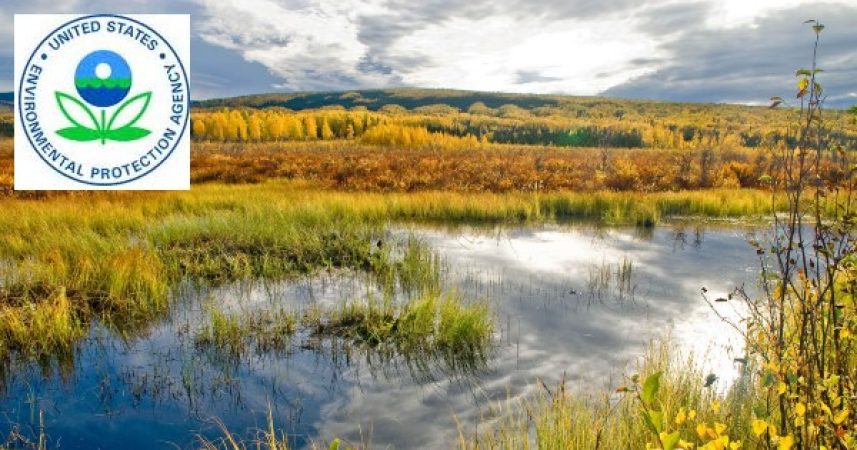Back in July USDA Under Secretary Bill Northey, Assistant Secretary of the Army R. D. James, and EPA Assistant Administrator for water David Ross signed an essentially meaningless memorandum on how to determine issues related to the implementation of Section 404 of the Clean Water Act (CWA) and the Food Security Act (FSA) of 1985.
Before you do any work involving soil and water on your farm or ranch you best call a lawyer to interpret the memorandum among USDA, EPA and the Corps of Engineers (Corps).
After writing eight pages of recommendations and alleged clarifications, the memorandum of understanding (MOU) states “Nothing in this memorandum is intended to diminish, modify, or otherwise affect statutory or regulatory authorities of any signatory agency.”
The 8-page MOU of understanding also states: “Nothing in this memorandum is intended to affect the authority of a state or tribe pursuant to an authorized CWA Section 401, 402, or 404 program.”
With language like this you might wonder: why was this memorandum published?
Bureaucratic jargon
The MOU is filled with bureaucratic jargon such as CWDs, DLs and JDs. What it boils down to is, the three agencies have made a valiant effort in trying to assist landowners in determining what is or what is not a water of the United States. The three agencies also recognize they have different programs to determine wetland delineations.
This is nonsense. You should be aware, several of us have tried cases against NRCS and USDA, and the issues always come back to, what is a wetland?
One need only to read a recent case out of the 7th Circuit involving a widow whom NRCS attempted to punish. The agency was rebuked strenuously and viciously by three federal judges in Chicago.
This memorandum apparently has writers and/or lawyers who have difficulty understanding a court case.
How confusing is this?
Numerous farmers and ranchers have attempted to convert potholes and wet property on their land. The MOU states “As defined by NRCS pursuant to the Food Security Act at 7CFR 12.2: a converted wetland where the conversion occurred prior to December 23, 1985, an agricultural commodity had been produced at least once before December 23, 1985, and as of December 23, 1985 the converted wetland did not support woody vegetation and did not meet the hydrologic criteria for a farmed wetland.”
As a farmer or rancher you need to know that the hydrologic criteria is simply the level of the water table during a percentage of time during the growing season. You would be amazed as to how the technical people at NRCS determine the growing season.
Another confusing section of the MOU is on the development of LLAs. You probably have never heard of LLAs, but it stands for “Local Level Agreement”. All this means is “Agreements developed between two or more of the agencies at the district, regional, and/or state office levels to promote business process efficiencies in order to reduce delays in actions related to their wetland programs.”
Whew!
Where does LLA make sense? One case in Massachusetts involving cranberry bogs has continued for almost 30 years. The MOU is helpful because it does encourage the development of LLAs “…to improve overall communication, coordination, and partnering to reduce duplication of efforts, to improve efficiency, and to provide as much consistency as possible for landowners, USDA program participants and the regulated community.”
Agency goes missing
One agency not included in this agreement is glaringly missing. The Department of the Interior’s Fish and Wildlife Office is notably absent. For those who have forgotten there was a major taking of forest property from the owner involved in the “Invisible Frog” case. The lawyer landowner in this case took the Interior decision all the way to the U.S. Supreme Court. Even the Trump Administration did not have the courage to kill this silly case. The landowner won in the Supreme Court.
This MOU is likely to be the subject of future litigation and may also end up before the Supreme Court.
This commentary was originally published August 18, 2020 in the online Farm Futures.






